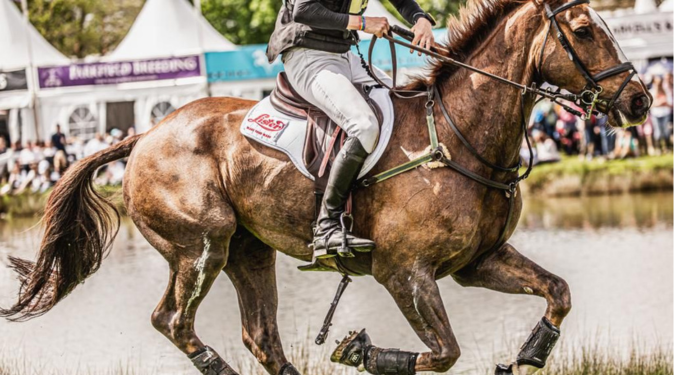general | 14 June 2023
Tailoring clipping styles to disciplines
When it comes to clipping, a big factor that must be taken into consideration is the discipline the horse is working in, from racing and jumping to dressage and pleasure riding.
When it comes to clipping, a big factor that must be taken into consideration is the discipline the horse is working in, from racing and jumping to dressage and pleasure riding. Each discipline comes with specific grooming requirements, which are sometimes set by the FEI as standard regulation. These disciplines also have a preferred ‘aesthetic’ for the horse, including the way it is clipped for the desired competition. In this blog, we delve into the various styles of clips, and which are most preferred for appearance and functionality in a variety of disciplines.
- Full Body Clip:
The full body clip involves removing all of the horse's hair, leaving a sleek and uniform coat. This clip is commonly used in disciplines such as racing, eventing, and endurance riding. By eliminating all excess hair, the horse can better regulate it’s body temperature, speeding up the cooling process after intense activity. Full body clips are typically performed in colder months or for horses that have a heavy winter coat, ensuring they remain comfortable and prevent overheating.
- Hunter Clip:
The hunter clip is a popular choice for horses involved in show jumping or hunting. With the hunter clip, the horse's hair is clipped along the neck, chest, and belly, while the hair on the legs and saddle area is left untouched. This clip leaves extra protection along the horses back and legs, so when jumping in the ring or over hedges, they are at less risk of injury. This clip also allows the horse to cool down quicker after exercise with the majority of its body being clipped.
- Trace Clip:
The trace clip is commonly seen in horses involved in dressage, pleasure riding, or light work. This clip involves removing hair along the underside of the neck, belly, and chest, while leaving hair on the legs and back intact. The trace clip helps horses cool down efficiently after exercise without compromising their natural body temperature. It is a versatile clip suitable for horses in moderate work, providing a balance between maintaining warmth and promoting efficient cooling.
- Blanket Clip:
The blanket clip is often chosen for horses involved in dressage, pleasure riding, or lighter work during the winter months. This clip involves removing hair from the areas where a blanket or rug would typically cover, such as the neck, belly, and chest. The remaining hair on the legs and back provides insulation, while the clipped areas allow for efficient cooling during exercise. The blanket clip helps prevent the horse from overheating while still providing warmth during colder weather.
- Bib Clip or Irish Clip:
The bib or Irish clip is popular for horses in light work that may be struggling to regulate their temperature, especially if they’re thick-coated. This clip involves removing hair from the underside of the neck, chest, and throat, resembling a bib-shaped pattern. The rest of the body retains its natural coat. The bib clip is less invasive and maintains better warmth for the horse while allowing for quick drying and cooling in specific areas during exercise.
Whether it's a full body clip for a racehorse, a hunter clip for a show jumper, or a trace clip for a dressage horse, each clip serves a specific purpose in optimizing the horse's well-being and enhancing their performance. Understanding the various clip options and tailoring them to the horse's specific needs helps ensure the horse is comfortable pre, during, and post-exercise.

